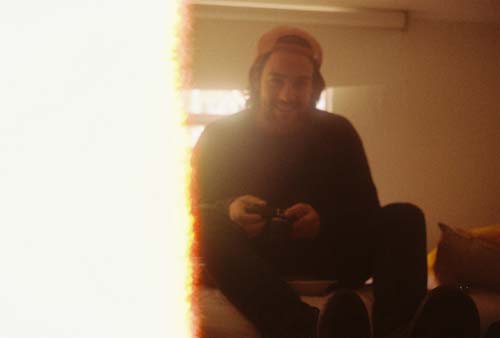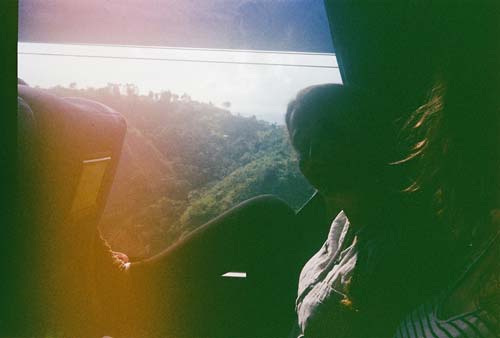People need vindication. As a species we know we’re going to die, and it scares us. We’re scared that we’re unappreciated, or worthless, or both. This is not inherently a bad thing. However, this fear manifests in a bad way. It manifests as desperation. Desperation that we won’t be seen, or perceived the right way. Paradoxically, this desperation for our lives to ‘mean’ something, to be palpable in some way, pushes us to actually retreat from experience. This is why we need to take fewer photos.
I’ve travelled a lot. This article is going to focus on travelling, but this imperative is by no means isolated to travel. We seem to live our lives through a proxy everywhere. If you go to any live concert or event, the majority of the crowd will stand and watch the act through their iPhone or iPad. They introduce a needless intermediary so they can share it, and receive vindication for the action.
I don’t want to seem like I’m decrying social media, or photography as an art form, or the happy nostalgia gained from looking at photos. On the contrary, I am still advocating taking photos, just not so many. This is an argument against saturation, because as the word suggests, it masks something. Nor am I suggesting copious snapping and ‘selfie’ culture are narcissistic, quite the opposite in fact, they’re needy.
A couple of years ago I was backpacking through Latin America. It was a long, more or less open-ended trip. A few months in, my iPhone, a.k.a. my camera, broke. I wasn’t too bothered, one less valuable item to worry about. Every once in a while however, I would reach for it to take a photo. For a brief moment there was frustration that I couldn’t photograph the Guatemalan woman in exquisite Mayan dress overtaking me up the steep hill. I was frustrated that my awareness of her would never be tangible again. I realised however, that if I had taken my phone out and taken a photo, I wouldn’t have been part of the scene anymore, and that’s why I travel. This is not some carpe diem type cliché about living in the moment. It’s about making the easy decision to not define yourself by living out of it.
I have lots of travel photos. I have them organised into pleasing geographically defined folders too. I share photos I like on Instagram as well. I even have photos from the times I didn’t have a camera. The people I was with had cameras, and it’s not like I’m wasting anyone’s film by asking them to send me some of their photos of vistas, towns, parties, and even my rude head. When I look through these photos, or photos when I’ve had a camera, often something stands out. When I’ve been trigger-happy, the memories, and nostalgia, are isolated to the frame. At times when I’ve been more restrained, the photos act more like primers for my own memories of the occasion. The result is a much larger account of the experience, with much more than just visual reprisals.
Several months after the loss of my iphonecameraportable computeripodpokedex; my friend Chris and I, were perusing a Sunday market in Bogota. He had purchased an old Olympus Trip 35 camera from one of the stalls a week before, and that the seller had another just like it. $10 later and I was armed once again. I didn’t know if it worked, but Chris gave me a roll of film and showed me how to use it. “Point and Shoot.”
I was sceptical about it’s functionality, even more so when sunscreen spilt all over it in a friends bag. I cleaned it as best I could, and every so often, maybe only once a week, I would find myself in a situation and decide to take a snap. If at the end of the roll I thought, I get it developed and it hasn’t worked, so be it, I didn’t think it would.
The next year, I was shuffling through my very busy draws, leading my very busy life. I came across a plastic bag of knick-knacks from my last big trip, including the camera and its undeveloped film. I had resigned the camera as a lost cause, but I had the film developed anyway.
Here I was, months after returning home, opening a pouch from Fuji and finding almost unblemished snapshots from another life. The experience I’m talking about can’t be found scrolling through your iPhone camera album, it can’t be found trolling back through your own Facebook either. These were shots I pondered taking because I only had a finite amount. This is why we should take fewer photos. They were intimate, they were authentic, and they spoke a thousand words, but just to me.

